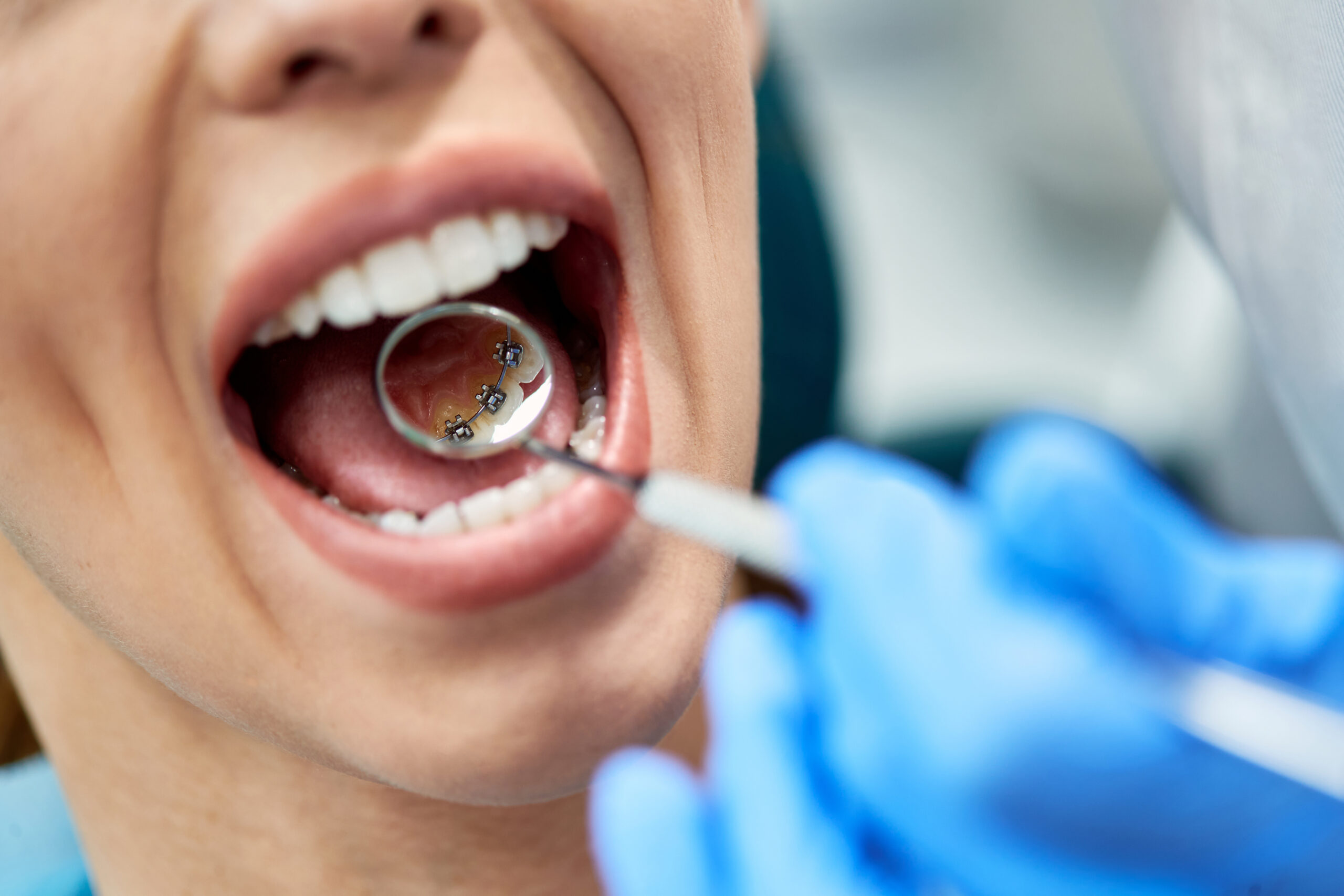Legacy Orthodontics Fundamentals Explained
Legacy Orthodontics Fundamentals Explained
Blog Article
Some Known Details About Legacy Orthodontics
Table of ContentsTop Guidelines Of Legacy OrthodonticsFacts About Legacy Orthodontics RevealedLegacy Orthodontics Things To Know Before You BuyLegacy Orthodontics Can Be Fun For EveryoneThe 6-Second Trick For Legacy Orthodontics
In enhancement, we offer flexible therapy schedules, flexible payment alternatives and a fun, satisfying experience.An orthodontist is a dental expert educated to detect, protect against, and treat teeth and jaw abnormalities. They deal with existing problems and are trained to recognize troubles that may develop in the future. Orthodontists collaborate with people of any ages, from children to grownups. Individuals commonly link an ideal smile with health.
Malocclusion, or misaligned teeth, can lead to dental issues, including tooth decay, gum condition, and tough or uncomfortable chewing. Not everyone is birthed with straight teeth. If you have a poor bite or huge spaces between your teeth, you might intend to seek advice from a dental practitioner concentrating on orthodontic care.
About Legacy Orthodontics
( Picture Credit Rating: DigitalVision/Getty Images) Orthodontists make use of repaired and removable dental tools, like dental braces, retainers, and bands, to alter the placement of teeth in your mouth. Orthodontic therapy is for dental problems, including: Crooked teethBite troubles, like an overbite or an underbiteCrowded teeth or teeth that are as well far apartJaw misalignmentThe objective of orthodontic treatment is to enhance your bite.
A healthy and balanced bite guarantees you can eat, eat, and talk properly. While you may consider orthodontists as primarily for youngsters or teens who require dental braces, they can fix oral issues at any age. Orthodontists go to college, oral institution, and orthodontic college. After college graduation, they spend 2 or 3 years in an orthodontic residency program.
, but not all dental practitioners are orthodontists. They focus on 2 locations: Exactly how to effectively and securely move teeth How to correctly assist development in the teeth, jaw, and faceOnce an orthodontist has actually finished training, they have the choice to become board licensed.
The Best Guide To Legacy Orthodontics
Imbalance, or malocclusion, is one of the most common reason people see an orthodontist. It is genetic and is the result of dimension differences in between the top and reduced jaw or in between the jaw and teeth. Malocclusion leads to tooth congestion, an irregular jaw, or irregular bite patterns. Malocclusion is generally treated with: Your orthodontist attaches metal, ceramic, or plastic square bonds to your teeth.
If you have just small malocclusion, you might have the ability to utilize clear braces, called aligners, as opposed to typical dental braces (https://www.awwwards.com/legacyortho/). Some individuals require a headgear to assist move teeth into line with stress from outside the mouth. After dental braces or aligners, you'll need to use a retainer. A retainer is a personalized gadget that keeps your teeth in place.
They're frequently used on children. They can create additional space in the mouth without needing to pull teeth. If you have a major underbite or overbite, you could require orthognathic surgical treatment (additionally called orthodontic surgical procedure) to lengthen or reduce your jaw. Orthodontists make use of cords, medical screws, or plates to support your jaw bone.
You may require to see an orthodontist if you have: Crowding or not enough area for all of your teethOverbite, when your top teeth come your base teethUnderbite, when your base teeth are also far forwardSpacing or issues with gapsCrossbite, which is when your top teeth fit behind your base teeth when your mouth is closedOpen bite or an upright void between your front base and top teethMisplaced midline, when the facility of your base and upper teeth don't line up Fixing an oral malocclusion can: Make attacking, chewing, and talking easierImprove the symmetry of our face and your overall appearanceEase pain from temporomandibular joint problemsSeparate your teeth and make them less complicated to clean up, assisting stop tooth decay or cavities It's usually a dental professional who initially notices misaligned teeth throughout a regular exam.
Legacy Orthodontics Fundamentals Explained

Throughout your first orthodontic consultation, you'll likely have: A dental examPhotos taken of your face and smileDental X-raysPanoramic (360 degree) X-rays of your face and headImpressions to create molds of your teethThese examinations will certainly assist your orthodontist understand how to wage your treatment. clear braces. An orthodontist is a dental practitioner that's had training to treat your teeth and jaw
Orthodontists may execute surgical treatment, exams,X-rays,and more to help you achieve a more comfy, healthier smile. An orthodontist is focused on your bite, so something like a broken tooth would be dealt with by a dental practitioner. Orthodontists are dental professionals yet not all dental practitioners are orthodontists. Orthodontists are concentrated on your bite, or the method your teeth fit with each other, and the straightness of your teeth.
Ever asked yourself just how celebrities always appear to have perfectly lined up teeth? Orthodontists are dental professionals who focus on remedying abnormalities in the teeth and jaws.
Legacy Orthodontics Fundamentals Explained

While dental braces are the most frequently acknowledged orthodontic therapy, orthodontists have a diverse toolkit at their disposal. The particular approach picked depends upon the extent of the situation, the client's age, and individual choices. These tried-and-true braces utilize a system of braces bound to the teeth and linked by cords.
Clear aligners, like Invisalign, are a prominent choice for people looking for a more discreet treatment alternative. These removable trays are tailor-made to considerably change the teeth's setting. Headwear may be used combined with braces or aligners to use added targeted forces, specifically for Read Full Report remedying jaw disparities. In cases of narrow jaws, palatal expanders can be utilized to produce room for proper tooth alignment.
Report this page